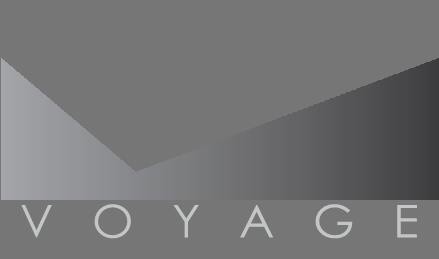So let’s discuss a huge potential profit leak in your business, which in my experience, affects most service related franchises and small businesses. So often franchise owners cut head count, advertising, marketing and communication expenses to try to improve the bottom line without realizing the real cause of the profit erosion.
Franchises and small businesses almost always uniformly under state their direct labor cost per hour. This is especially true in service businesses that charge for hourly time and/or quote jobs. As a small business consultant having helped improved the bottom lines of over seventy small businesses that were struggling, I have found that the “bookkeepers” that most service businesses utilize do not have the background to properly analyze and cost their direct labor.
There are two principle reasons why so many small business owners misstate their true labor costs. The first reason is that owners normally do not consider the employer paid taxes and benefits as labor costs. I have consistently found this error over and over again.
Examples of employer funded taxes and benefits are:
Employer funded labor costs
This example is a real live example of an employee’
s gross pay and their actual fully burdened labor cost. Any time an employer misstates their direct labor cost on installation/service jobs they are costing or quoting by 11%, they have a real problem. Hello Houston!
Another leading reason small business and franchise owners frequently understate their true labor costs is the difference between paid hours and actual hours worked. Most full time employees have vacation, holidays and sick days that they get paid for, but do not work. In the example below, there is typically a 10% difference between the hours an employee actually works and the hours they are paid for.
Paid versus Worked Hours
The normal difference between worked hours and paid hours for a full time employee runs around ten percent. Most small businesses and franchises cost jobs based upon the hours paid, not the hours worked. This results in understating the true labor cost per hour, which causes small businesses and franchises to under price their services and products. As a result, many franchises and businesses, even large businesses such as large national retail stores, have gone to part time help in order to eliminate the high cost of employee benefits.
Given both employer funded taxes and benefits, coupled with hours that are paid but not worked, result in this real life example of an actual labor cost per hour that is 22% higher than what most small businesses and franchises cost, quote and price! Making a profit in a labor intensive business while under costing your true hourly labor cost by 22% makes it highly improbable that you can earn a profit! The sad conclusion is that I have found this to be the case in most service businesses I have worked with.
Traditional versus Actual cost per hour
Traditional Employee cost per hour
- Gross Pay $22,700
- Paid hours 2,080
- Cost/hr. = $10.91
Actual Cost per Hour
- Fully burdened pay $25,190
- Worked hours = 1,888
- Cost/hr. = $13.34
- Percent cost difference 22%!!!
Do not make this mistake. Understand your true labor costs and cost, price and quote your labor costs accurately. Remember, you cannot solely rely on your “bookkeeper” to get this one right. This is a make or break situation for most franchise and small service businesses.
Not sure how much can you afford?
Fill out our Franchise Affordability Calculator


Voyage Franchising

